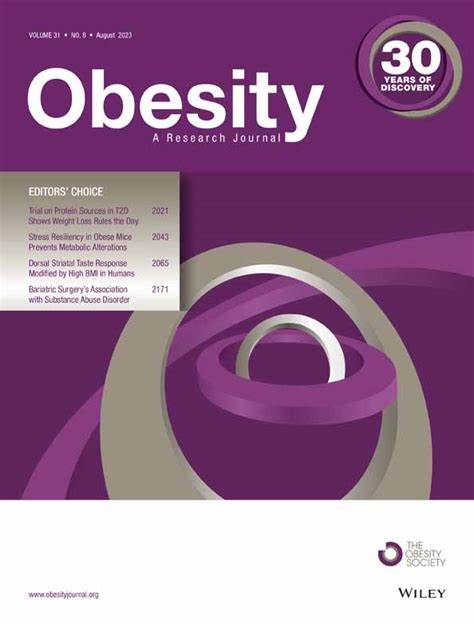Outcomes after metabolic and bariatric surgery in preteens versus teens using the Metabolic and Bariatric Surgery Accreditation and Quality Improvement Program database and center-specific data
Abstract
Objective
The American Academy of Pediatrics (AAP) recently released clinical guidelines for the treatment of childhood obesity, including surgery being appropriate for children 13 years of age and older. The use of this age cut-off was due to a lack of data for children younger than 13. To address this knowledge gap, the Metabolic and Bariatric Surgery Accreditation and Quality Improvement Program (MBSAQIP) database was queried to compare outcomes in preteens to teens after bariatric surgery hypothesizing that there would be no difference in outcomes between the two groups.
Methods
Patients from the MSAQIP database (2016–2021) were identified and divided into groups <13 years and 13–18 years and were matched using propensity scores based on race, sex, and preoperative BMI. Outcomes were compared including change in BMI, complication rates, 30-day readmission or reoperation, and mortality. Additionally, the centers responsible for the bulk of the preteen patient entries queried their center-specific databases to evaluate weight loss over time.
Results
A total of 4755 patients were identified, 47 of whom were <13 years of age. Preteens had similar sex distribution (66% vs. 75% female), were more likely to be Black (27.7% vs. 18.3%) or Hispanic (21.3% vs. 7.6%) race, and weighed less (274 ± 58 vs. 293 ± 85 lb, p = 0.01), but they had similar BMI (46.9 ± 7 vs. 47 ± 13 kg/m2) as their teen counterparts. Preteens were more likely to suffer from sleep apnea (34% vs. 19%, p < 0.01) and insulin-dependent type 2 diabetes (10.6% vs. 1.8%, p < 0.01). There were no complications in the preteens compared to teens (0% vs. 0.5%), and they did not undergo any unplanned readmissions (0% vs. 2.9%) or reoperations (0% vs. 0.8%) within 30 days of surgery. There were also no mortalities reported in preteens (0% vs. 0.1%). The risk-adjusted decrease in BMI between preteens and teens was also comparable at 30 days (4.2 [95% CI: 3.0–5.4] vs. 4.6 [95% CI: 4.4–4.7], p = 0.6). Decrease in BMI in preteens was 7 ± 3 kg/m2 at 3 months and 9 ± 4 kg/m2 at 12 months after surgery, which represented a percentage BMI change of 16 ± 7 and 20 ± 8, respectively.
Conclusions
This study demonstrates that bariatric surgery in preteens is safe and efficacious when performed at specialized centers, and that age criteria may not be required. The AAP and others are encouraged to include age cut-offs in their guidelines for children with obesity and bariatric surgery only when data are available to support their inclusion.

 求助内容:
求助内容: 应助结果提醒方式:
应助结果提醒方式:


